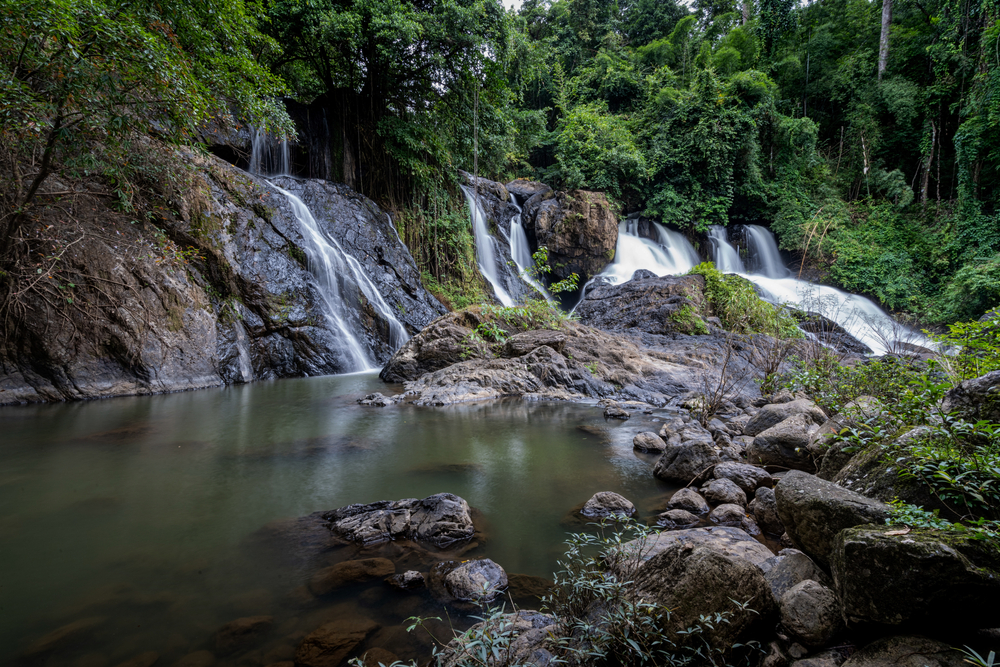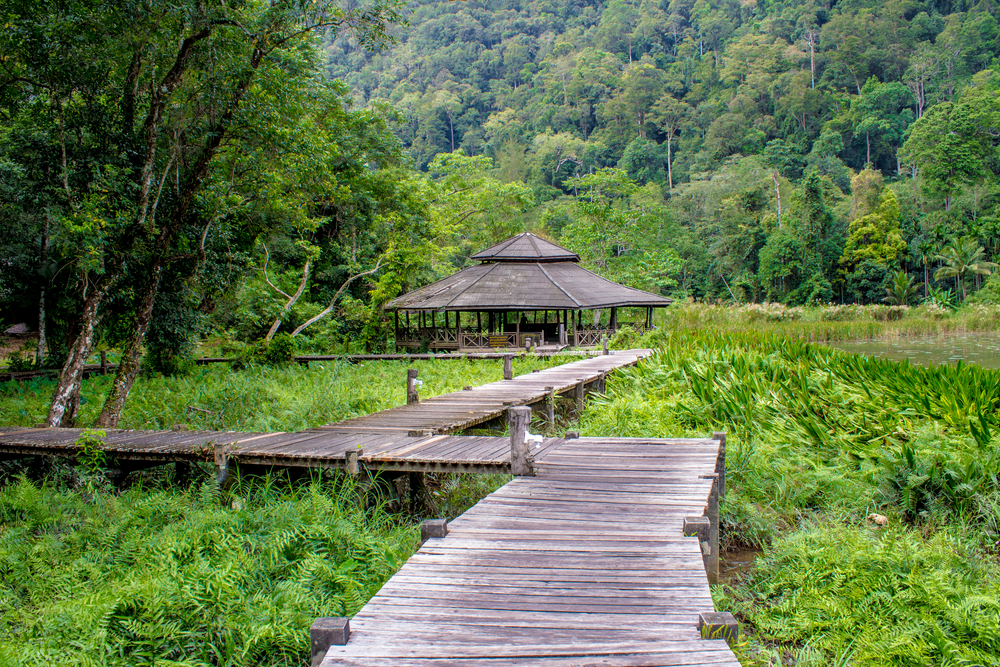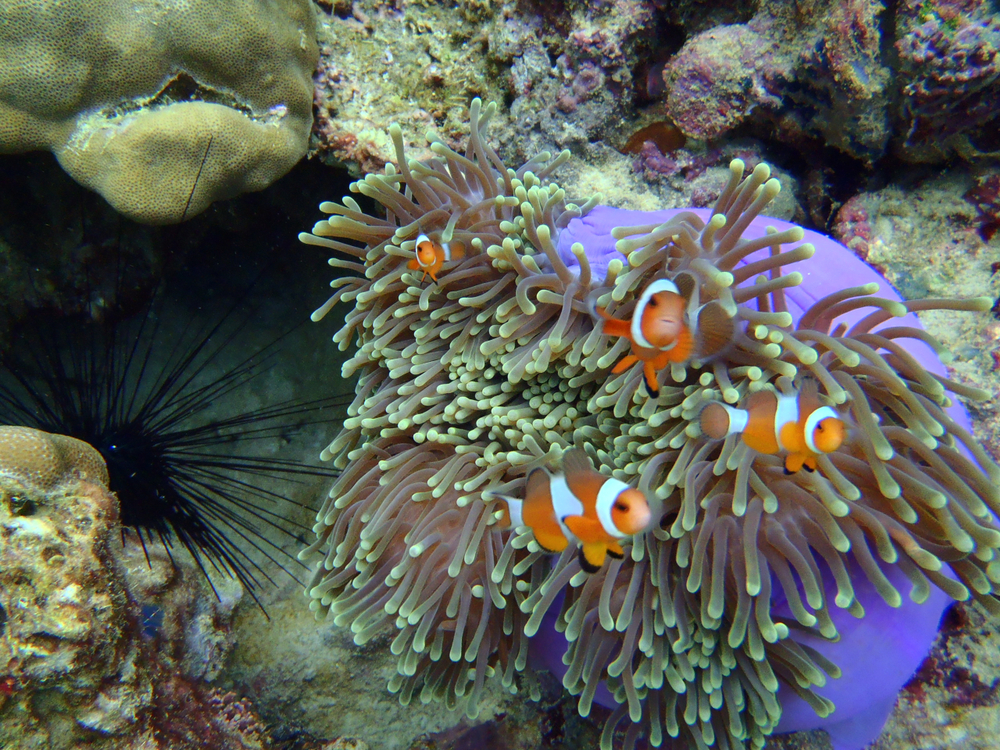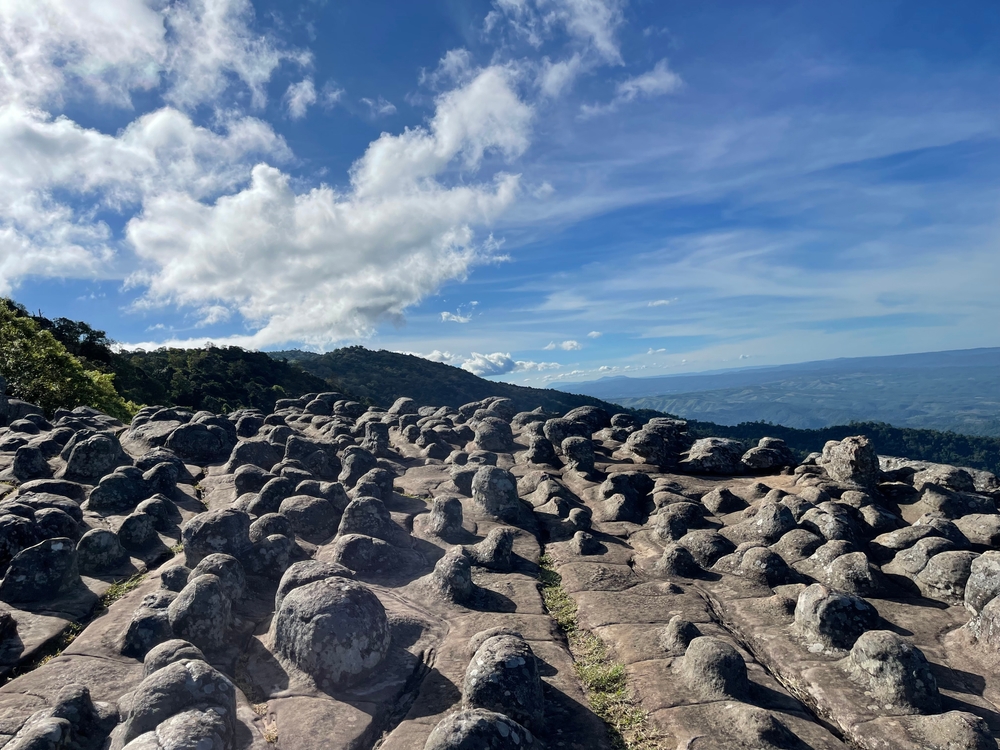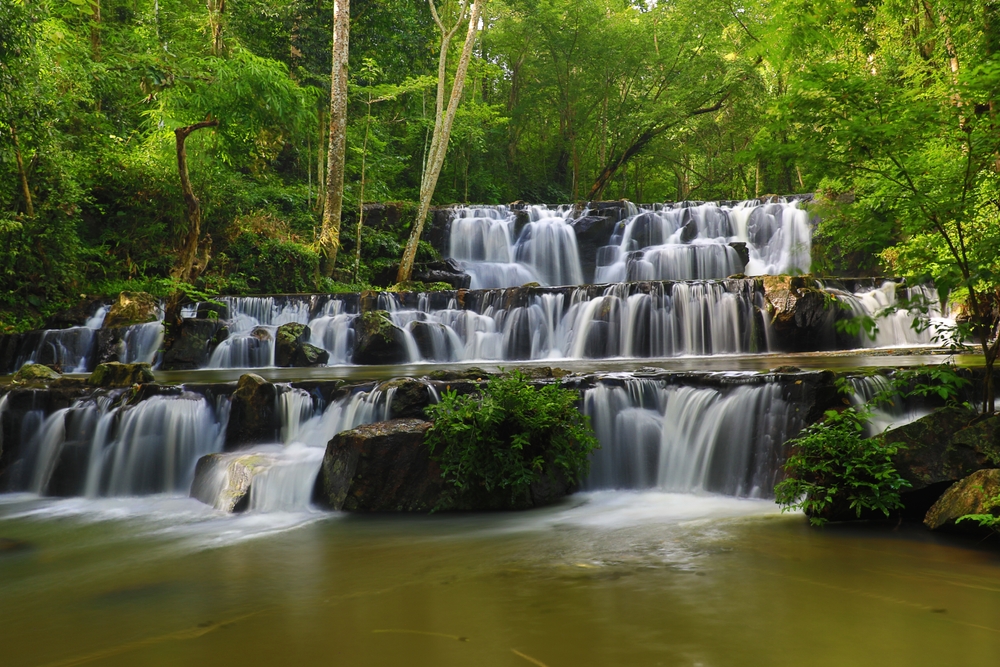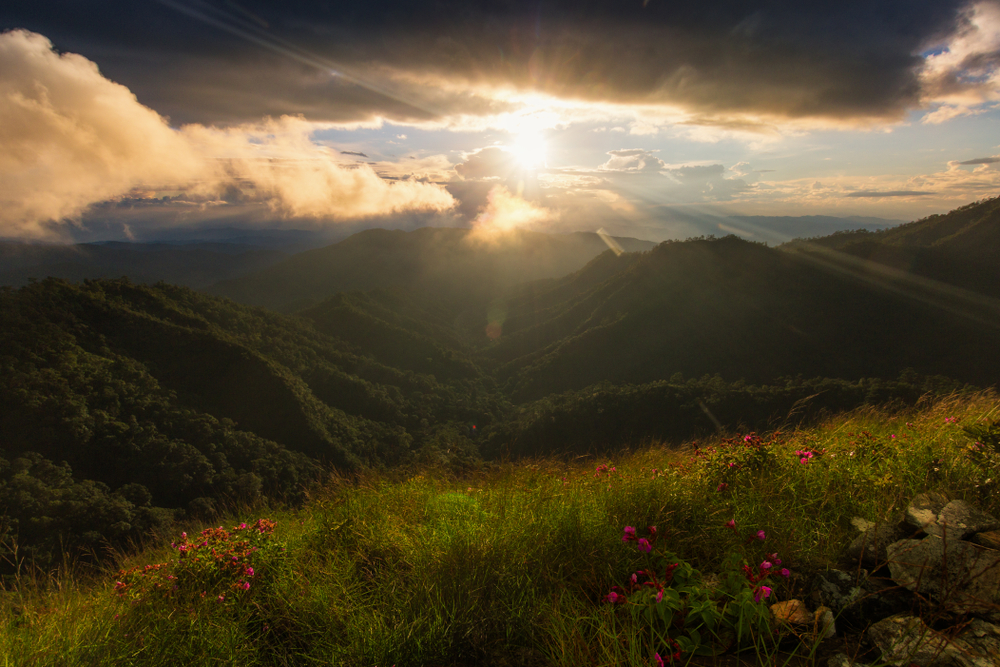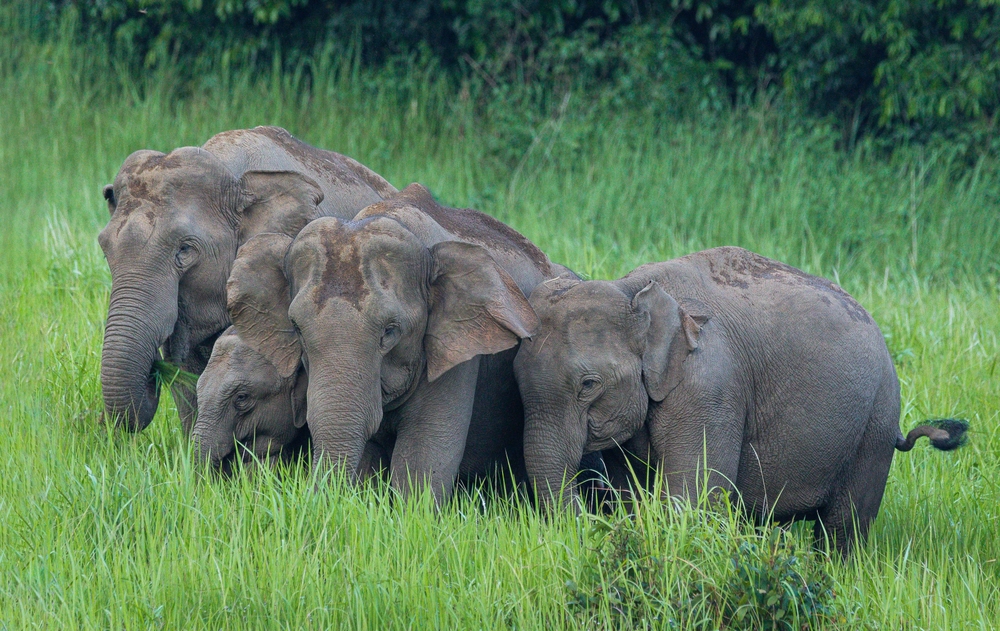Tham Pla-Namtok Pha Suea Overview
Tham Pla-Namtok Pha Suea National Park, known locally as อุทยานแห่งชาติถ้ำปลา-น้ำตกผาเสื่อ (Utthayan Haeng Chat Tham Pla-Namtok Pha Suea), is a picturesque national park located in Mae Hong Son Province in northern Thailand, near the border with Myanmar.
Spanning an area of approximately 202 square miles (523 square kilometers), the park is renowned for its stunning natural beauty, including limestone caves, waterfalls, and verdant forested landscapes. The park’s diverse terrain, rich biodiversity, and cultural significance make it a sought-after destination for nature lovers and adventurers alike.
The park’s terrain is characterized by a combination of rugged mountain ranges, rolling hills, and lush valleys. Towering limestone cliffs dominate the landscape, housing an intricate network of caves, the most famous of which is Tham Pla, or Fish Cave. This cave is a sacred site featuring a pool inhabited by schools of soro brook carp (Neolissochilus soroides), a species revered by the local community.
Namtok Pha Suea, translating to “Curtain Waterfall,” is another highlight, with its cascading waters creating a curtain-like effect as they tumble down multiple tiers, especially during the rainy season. The park’s dense forests are composed of both evergreen and deciduous trees, providing a haven for a wide range of flora and fauna.
Wildlife enthusiasts will find Tham Pla-Namtok Pha Suea National Park a rewarding experience. The park is home to an array of mammals such as barking deer, serows, and wild boars, which roam the forested areas. Birdwatchers are equally delighted, with sightings of hornbills, barbets, and various songbirds.
The park’s streams and ponds are home to diverse aquatic life, and its pristine environment supports a thriving ecosystem. These natural treasures underscore the importance of conservation efforts to protect the park’s biodiversity.
Visitors to the park are drawn to its unique features and activities. Exploring Tham Pla is a serene experience, as visitors marvel at the clear waters and colorful fish while soaking in the peaceful ambiance. Trekking and hiking are popular ways to immerse oneself in the landscape, with trails leading through verdant forests and offering panoramic views.
Namtok Pha Suea is a favorite spot for picnicking, swimming, and photography, especially during the rainy season when the waterfall is at its most impressive. For those seeking a cultural connection, the nearby ethnic villages of the Shan and Karen peoples provide insights into the local traditions and way of life.
Conservation is both a challenge and a triumph at Tham Pla-Namtok Pha Suea National Park. Efforts to mitigate human impact, such as regulating tourism and educating visitors, have been crucial in maintaining the park’s ecological integrity. The preservation of sacred sites like Tham Pla ensures the continuity of cultural heritage alongside environmental stewardship. Despite pressures from development and illegal activities, the park remains a symbol of successful conservation through sustainable practices and community involvement.








































































